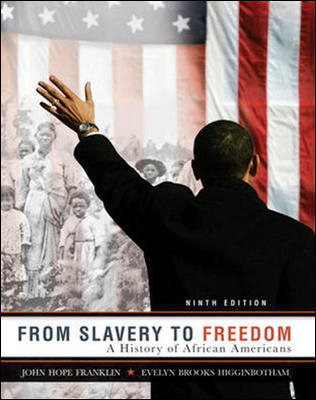Options Futures and Other Derivatives 10th Edition By JohnC. – Test Bank
Do you need test banks fast? eTestBank.net is the best test bank website for you! Download your test bank right after you pay. No waiting!
Why eTestBank.net is Great:
✅ Instant Download:
Get your test bank right away after payment.
✅ Unlimited Downloads:
Download your test bank anytime and as many times as you want.
✅ 24/7 Live Help:
We are here to help you all day, every day.
✅ Guaranteed Delivery:
If you don’t get the download right away, we will send it to you in 3 to 6 hours.
How to Get Your Test Bank:
- Pick Your Test Bank: Choose from many test banks.
- Pay Safely: Pay securely on eTestBank.net.
- Download Instantly: Get your test bank immediately after payment.
- Download Anytime: Unlimited downloads whenever you need them.
Need Help? Contact Us:
📧 Email: [Support@etestbank.net]
📱 WhatsApp: [https://wa.me/message/MC222DLQ4GDXL1r]
Didn’t Get Your Download?
Don’t worry! If you don’t get the file right away, we’ll send it to you in 3 to 6 hours. Need it sooner? Contact us by email or WhatsApp.
💡 Buy now from eTestBank.net for instant downloads, unlimited access, and 24/7 support—get your test bank today!
Hull: Options, Futures and Other Derivatives, Tenth Edition
Chapter 4: Interest Rates
Multiple Choice Test Bank: Questions with Answers
- The compounding frequency for an interest rate defines
- The frequency with which interest is paid
- A unit of measurement for the interest rate
- The relationship between the annual interest rate and the monthly interest rate
- None of the above
Answer: B
The compounding frequency is a unit of measurement. The frequency with which interest is paid may be different from the compounding frequency used for quoting the rate.
- An interest rate is 6% per annum with annual compounding. What is the equivalent rate with continuous compounding?
- 5.79%
- 6.21%
- 5.83%
- 6.18%
Answer: C
The equivalent rate with continuous compounding is ln(1.06) = 0.0583 or 5.83%.
- An interest rate is 5% per annum with continuous compounding. What is the equivalent rate with semiannual compounding?
- 5.06%
- 5.03%
- 4.97%
- 4.94%
Answer: A
The equivalent rate with semiannual compounding is 2×(e0.05/2−1) = 0.0506 or 5.06%.
- An interest rate is 12% per annum with semiannual compounding. What is the equivalent rate with quarterly compounding?
- 11.83%
- 11.66%
- 11.77%
- 11.92%
Answer: A
The equivalent rate per quarter is. The annualized rate with quarterly compounding is four times this or 11.83%.
- The two-year zero rate is 6% and the three-year zero rate is 6.5%. What is the forward rate for the third year? All rates are continuously compounded.
- 6.75%
- 7.0%
- 7.25%
- 7.5%
Answer: D
The forward rate for the third year is (3×0.065−2×0.06)/(3−2) = 0.075 or 7.5%.
- The six-month zero rate is 8% per annum with semiannual compounding. The price of a one-year bond that provides a coupon of 6% per annum semiannually is 97. What is the one-year continuously compounded zero rate?
- 8.02%
- 8.52%
- 9.02%
- 9.52%
Answer: C
If the rate is R we must have
or
so that R = ln(1/0.9137) = 0.0902 or 9.02%.











